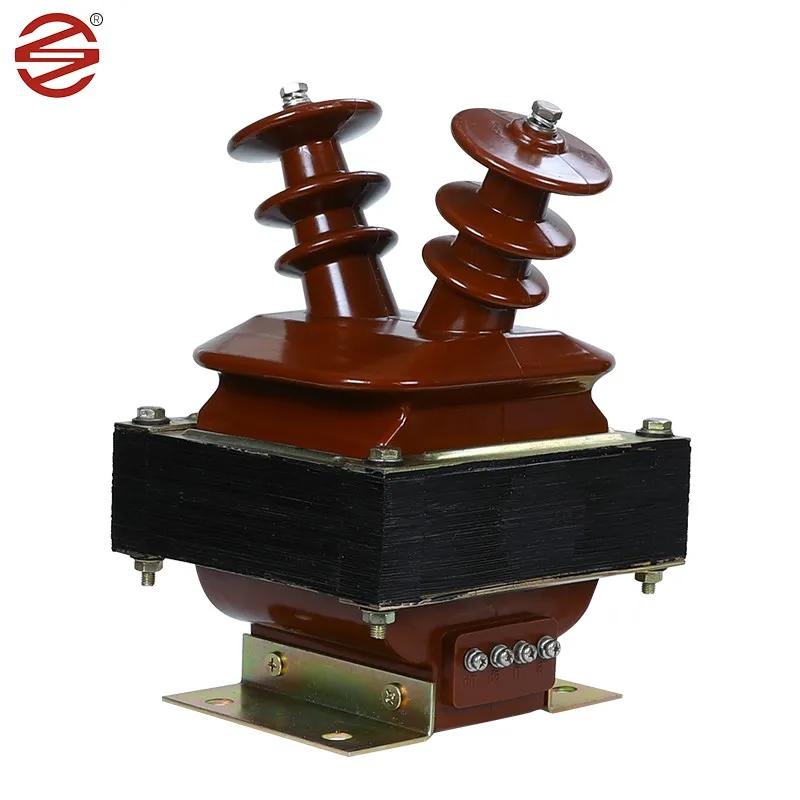Understanding Voltage Transformers: How They Work and Why They’re Essential
2024-09-05
Voltage transformers, also known as potential transformers, are crucial components in electrical power systems. They play an essential role in ensuring the safe and efficient distribution of electricity across various applications, from residential homes to industrial facilities. In this blog, we’ll break down what voltage transformers are, how they work, and why they are vital for modern electrical systems.

What Is a Voltage Transformer?
A voltage transformer (VT) is an electrical device that converts high voltage levels into lower, more manageable voltages. This transformation allows electrical systems to measure, monitor, and distribute power safely and accurately. Voltage transformers are particularly important for high-voltage power lines, where it’s impractical to measure voltage directly due to safety concerns and the risk of equipment damage.
How Do Voltage Transformers Work?
The working principle of a voltage transformer is based on electromagnetic induction. A VT consists of two main components: the primary winding and the secondary winding. The primary winding is connected to the high-voltage side, and the secondary winding is connected to the measuring or monitoring devices.
When the high-voltage electricity flows through the primary winding, it creates a magnetic field. This magnetic field induces a current in the secondary winding, which is proportional to the voltage in the primary winding. The voltage is reduced in the secondary winding, allowing safe and accurate measurement or monitoring of the electrical system.
The key characteristic of a voltage transformer is the voltage ratio, which determines how much the voltage will be stepped down from the primary to the secondary winding. For example, a 10:1 voltage transformer will reduce 10,000 volts to 1,000 volts.
Key Applications of Voltage Transformers
Voltage transformers are used in a wide range of applications, including:
- Power Generation and Distribution: Voltage transformers help monitor the voltage in high-voltage transmission lines and substations, ensuring the safe distribution of electricity across power grids.
- Electrical Metering: VTs are essential for accurately measuring voltage levels in both industrial and residential settings. They ensure that power companies can monitor and bill customers based on their actual power consumption.
- Protection Systems: Voltage transformers are used in protective relays and systems to detect faults in electrical networks. By stepping down the voltage, they provide data that helps identify abnormal conditions, triggering protective actions to prevent damage.
Why Voltage Transformers Are Important
Voltage transformers offer several benefits that make them indispensable in modern electrical systems:
1. Safety: High-voltage systems pose serious safety risks, and direct measurement of high voltages is both dangerous and impractical. VTs allow for the safe monitoring of voltage by stepping it down to lower, safer levels.
2. Accuracy: Voltage transformers ensure that electrical systems operate efficiently by providing precise voltage measurements. This accuracy is essential for both billing and system performance.
3. Protection: In power systems, voltage transformers work alongside protective relays to detect voltage irregularities and prevent potential damage to equipment.
Conclusion
Voltage transformers are a vital part of electrical systems, enabling the safe and accurate measurement, monitoring, and protection of high-voltage networks. Whether in power generation, electrical metering, or protective systems, voltage transformers ensure the efficient operation of electrical grids and keep both equipment and people safe. As electrical systems become more complex, the role of voltage transformers will remain essential in maintaining reliable and secure power distribution.


